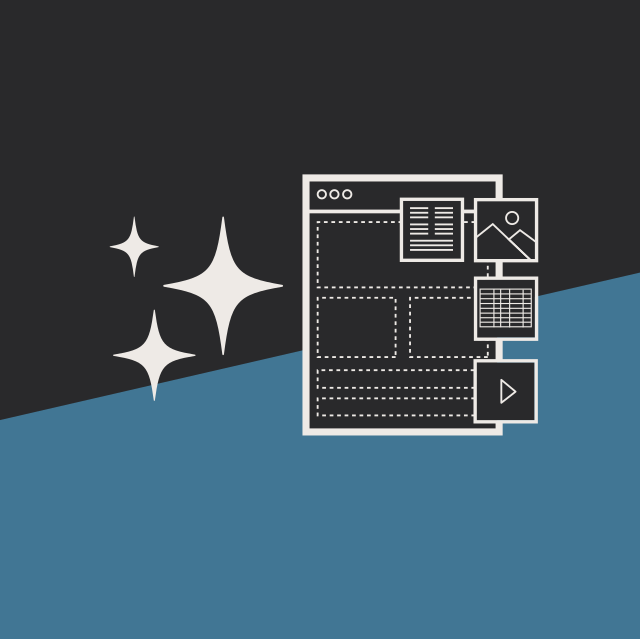Learn why training is an essential part of a website redesign project, ensuring that users know how to get the most out of their new website.
At Diagram, we know the importance of working closely with our clients when redesigning their websites. We collaborate with them throughout the entire project and by the time the new website is ready to launch, it seems like everyone knows the ins and outs of the site. But while this might seem to be the case, we want to make sure our clients are able to use their site’s full resources and make use of the new functionalities that have been implemented, so we make sure to include an essential step of the redesign process: training.
The Importance of Training
While many of our customers have some experience using a content management system (such as Ektron or EPiServer) to create and edit their site’s content, we want to make sure they understand everything they need to know and are able to utilize the tools that have been created specifically for their new site. Some of the custom components that are frequently covered during training include:
- Smart Forms
- Metadata
- Folder/Taxonomy Listings
- Widgets
- The Diagram SuperTemplate
Since these components are not "out of the box" functionality, clients will not be able to go to the CMS vendor for support, so it’s important they take in as much information during training as possible. By providing training on exactly how each custom piece functions, we can enable clients to make use of their site’s full capabilities and reap the benefits of their website investment.
Diagram’s Training Process
Before launching a redesigned website, we make sure to train our clients’ users on how to create, edit, and manage the site’s content. Training sessions can take place on-site or virtually through a screen share. We’ve found that it’s best to determine the trainees’ level of familiarity with CMS editing beforehand, which helps us know where to start. If users haven’t had much CMS experience, we start by covering the basics of content management, then move on to more custom functionality such as smart forms, metadata, and administrative tasks like creating and managing page layouts.
There is generally a decent amount of information to cover during training, and in order to keep these sessions from becoming overwhelming, we’ve found that it is best to break them up into smaller chunks, pausing regularly for questions and allowing the trainees to practice what they’ve learned in the workarea.
It is also a good idea to use the client’s existing content when demonstrating how to create and edit content on the new site. By using content that is familiar to the users and walking them through the steps of creating this content using the new site’s functionality, they will be able to better understand how to use the CMS in the future.
As we continue to develop our training processes, we are looking to incorporate more interactivity, which will help users to fully understand the capabilities of their new CMS earlier on in the training. Some additional training materials we are planning to implement include:
- Interactive web-based training manuals
- Training videos
- Exercises and quizzes that allow trainees to put their new knowledge to test right away
- FAQs and best practice tips
With every website redesign project we undertake, we understand that even the most expensive sites aren’t worth anything if their users don’t know how to fully use them, so we always emphasize the importance of training. We want our clients to be able to use the functionality they paid for to achieve the best possible ROI for their site and we continue to strive to ensure that the training they receive helps get them there. Do you have any questions for us about our training processes? Do you want to know more about the custom functionalities we can create for your CMS-driven website? Please contact us to speak to a Solutions Engineer, or feel free to leave a comment below.
Related Posts
The Difference Between a CMS Migration and Website Redesign
Learn about the three areas website owners need to consider when planning a migration to Episerver: website design, CMS technology, and content.

User Onboarding Process: Guiding Visitors Through Your Website
We offer some tips on how to design a website in a way that helps users intuitively understand how to use it to accomplish their goals.
Results Matter.
We design creative digital solutions that grow your business, strengthen your brand and engage your audience. Our team blends creativity with insights, analytics and technology to deliver beauty, function, accessibility and most of all, ROI. Do you have a project you want to discuss?
Like what you read?
Subscribe to our blog "Diagram Views" for the latest trends in web design, inbound marketing and mobile strategy.

